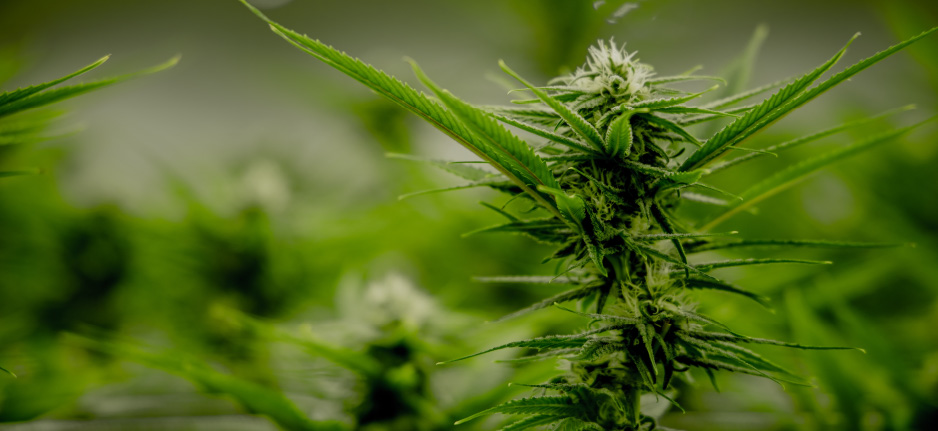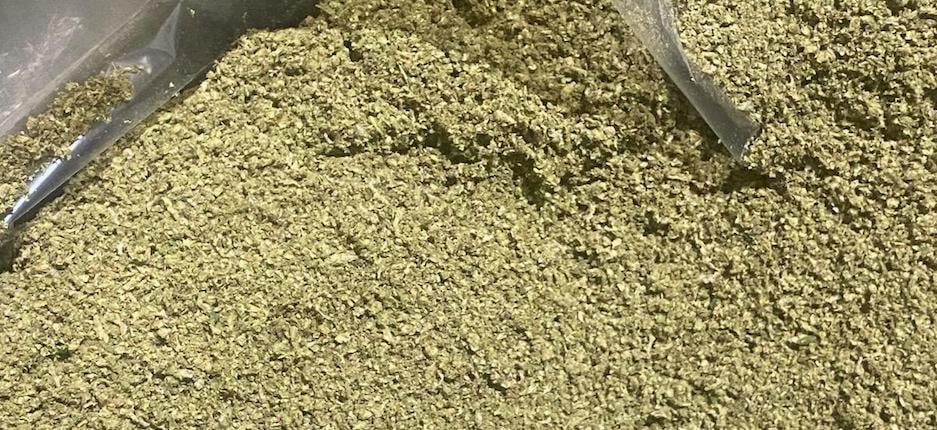If you’re a relatively new cannabis user, you may be overwhelmed by all of the different types of products, strains, and options available. While most cannabis professionals are happy to educate new users, you may still have some questions about what exactly you’re trying. It’s good to know the differences between the different types of cannabis. One great place to start is to learn the difference between indica, sativa, and hybrid strains.
Indica and sativa are the two main types of cannabis. Sativa is generally known for its “head feeling”. Indica, on the other hand, is more known for its full body effects, which increases relaxation and reduces insomnia. Hybrid strains typically contain both indica and sativa and aim to offer a more balanced experience.
Before getting into more of the specific details of these different types, it’s important to note that cannabis researchers are continuing to examine the differences between strains to better understand what causes the various effects. The respective qualities of indica, sativa, and hybrid strains are best understood as a good rule of thumb. The reality, it turns out, may be a bit more complicated.
What Makes a Specific Strain?
Cannabis is often broken down into specific strains or breeds. An individual strain’s overall effects are generally determined by the strain’s individual cannabinoid and terpene content.
What’s a Cannabinoid?
Cannabinoids are chemical compounds that occur naturally in cannabis plants. Although researchers don’t know what all of the cannabinoids do, the two main ones, THC and CBD, are responsible for most of the effects associated with cannabis use.
-
THC, or tetrahydrocannabinol, is the main psychoactive compound in cannabis plants. THC is what causes the feeling associated with cannabis use. Over the last few decades, the amount of THC in cannabis plants has increased from an average of 3-5% at the low range to 37% at the highest.
-
CBD, or cannabidiol, is a non-psychoactive chemical compound found in cannabis plants. While it doesn’t cause mental effects, it’s associated with physical effects such as relaxation, pain reduction, and anxiety relief.
-
The full extent of cannabinoids haven’t been identified yet, and experts believe there are tens or hundreds of possibilities. 21 new cannabinoids have been discovered just in the past few years!
What’s a Terpene?
Terpenes are another chemical compound which occur naturally in cannabis plants. Responsible primarily for the cannabis plant’s smell, new research suggests that terpenes may also influence the effects produced by an individual strain. There are many different terpenes that researchers have identified. These include, but are not limited to:
- Bisabolol - offers notes of chamomile and tea tree oil and is thought to reduce inflammation and irritation
- Linalool - offers floral notes and is thought to improve relaxation and boost mood
- Pinene - offers piney notes and is thought to boost memory, reduce pain, and alleviate some of the more negative effects of THC
- Eucalyptol - offers notes of eucalyptus and tea tree oil and is thought to reduce inflammation and fight bacteria
Sativa: Explained
Primarily found in hot and dry climates such as Africa, Central America, and Southeast Asia, cannabis sativa is known for its invigorating, energizing feelings. Thought to boost productivity and creativity, sativa strains are generally recommended for daytime use because they don’t cause lethargy or deep relaxation. Sativa strains tend to have lower doses of CBD and higher doses of THC, although the levels vary between individual strains.
Indica: Explained
Native to Afghanistan, India, and Pakistan, cannabis indica has adapted to harsh, dry climates. Known for its full body relaxation effects, indica strains are typically recommended for nighttime use. Indica strains are also known for reducing nausea and pain while increasing appetite. Indica strains often have higher levels of CBD and lower levels of THC than sativa strains. Again, this does vary to an extent between individual indica strains.
Hybrid Strains: Explained
Hybrid strains are created when cannabis breeders cross different combinations of parent plants. For this reason, they’re not native to any specific geographic region. Hybrids tend to be grown in greenhouses or farms, and are often combinations of sativa and indica strains.
Breeders develop hybrid strains to target specific effects or to offer a more balanced experience between sativa and indica strains. Because hybrid strains are usually developed to target a specific effect, the levels of THC and CBD vary. It’s good to pay attention to the qualities associated with an individual hybrid strain, especially if you’re looking to experience something specific, such as anxiety reduction, appetite increase, or nausea reduction. Cannabis breeders are always developing new hybrid strains.
How to Choose Between Sativa, Indica, or Hybrid Strains
There are several considerations to keep in mind when selecting which type or strain you want to try. First, know what you’re trying to achieve. It’s good to speak to your budtender about the various qualities and experiences associated with different strains. Know going in if you’re looking for more of an invigorating boost or deeper relaxation.
Also, pay attention to the levels of THC and CBD present in a given strain. Tolerances vary and it can take some time to determine what is most comfortable for you. Secondly, determine what consumption method you prefer. There are upsides and downsides associated with smoking, vaping, or consuming cannabis edibles. Be conscious of your medical history and determine if there are any possible interactions with existing medical conditions or current medications you may be taking.



